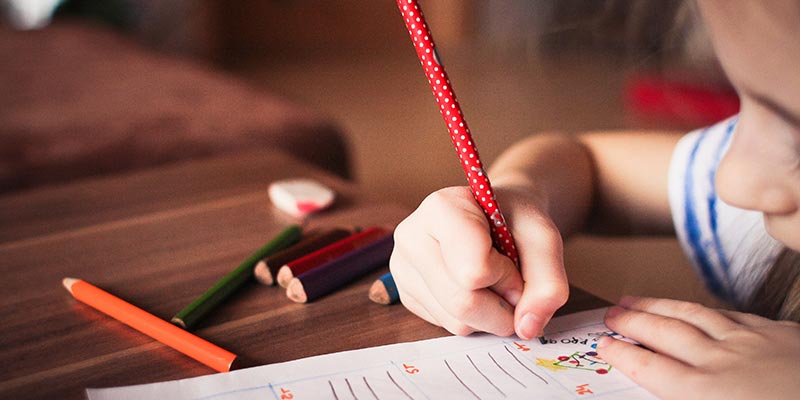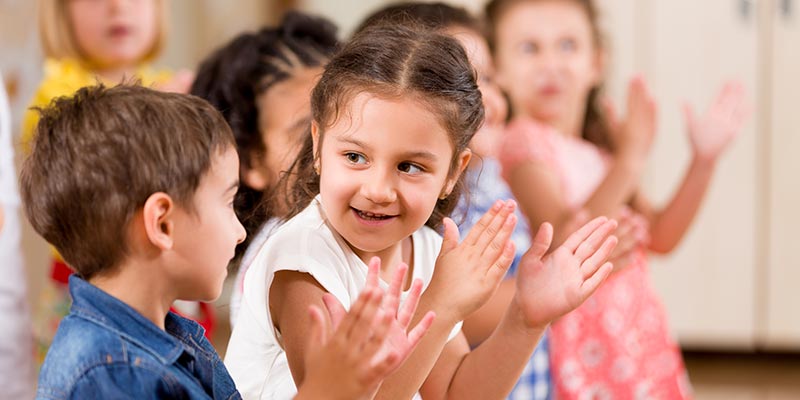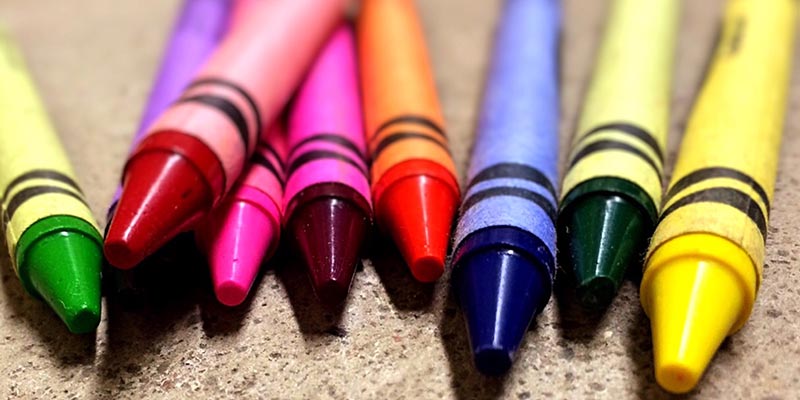Latest from Instagram
Just in case your day wasn`t going to plan - here`s a smile to get things back on track. 😍#yourewelcome⠀⠀⠀⠀⠀⠀⠀⠀⠀
⠀⠀⠀⠀⠀⠀⠀⠀⠀
#preschool #preschoolers #weloveourtamaiti #creativecubs #christchurchpreschool
...
⠀⠀⠀⠀⠀
⠀⠀⠀⠀⠀⠀⠀⠀⠀
⠀⠀⠀⠀⠀⠀⠀⠀⠀
#creativecubsnz #preschoolnz #earlychildhood #earlychildhoodcentre #toddlers #bubs #creativelearning #preschoollife #preschooler #kindy #kindergarten #kindness #fun #play #creativeplay #christchurch #rangiora #canterbury #christchurchdaycare #community #supportlocal
...
Creative Cubs has been open for a year now and what a year it`s been. While COVID had us closed up for quite a few weeks and provided many challenges, overall we`re thankful for the opportunities this last year has provided. We`ve been able to share our days with so many wonderful children, as well as get to know their families. We really feel like we`ve become part of the Belfast community and couldn`t be more excited about the years to come!! #feelingthankful⠀⠀⠀⠀⠀⠀⠀⠀⠀
⠀⠀⠀⠀⠀⠀⠀⠀⠀
#creativecubs #earlylearningcentrechristchurch #childhoodlearning #belfastchristchurch #preschoolchristchurch #canterburypreschool
...
So much focus and concentration! 🥰
Construction provides our tamariki with wonderful opportunities to practise skills such as concentration, imagination, persistence and problem solving.
⠀⠀⠀⠀⠀⠀⠀⠀⠀
#preschool #learning #activities #preschoolchristchurch #resources #belfastchristchurch #tamariki #learningthroughplay #childdevelopment
...
While some preschools might leave reading until school, we believe that getting a headstart is really important and so beneficial, which is why we encourage it where we can. Here`s some of the benefits to early reading:⠀⠀⠀⠀⠀⠀⠀⠀⠀
⠀⠀⠀⠀⠀⠀⠀⠀⠀
•Reading is like exercise for the brain and helps brain development. ⠀⠀⠀⠀⠀⠀⠀⠀⠀
•Because the brain is like a sponge, reading helps with vocab development and comprehension which is so important for young minds.⠀⠀⠀⠀⠀⠀⠀⠀⠀
•The more tamaiti have the opportunity to read, they`ll likely show improved reading and better writing skills⠀⠀⠀⠀⠀⠀⠀⠀⠀
•And finally, if we encourage a love of reading while children are young, there`s more chance they`ll enjoy it as a hobby going forward.⠀⠀⠀⠀⠀⠀⠀⠀⠀
⠀⠀⠀⠀⠀⠀⠀⠀⠀
⠀⠀⠀⠀⠀⠀⠀⠀⠀
⠀⠀⠀⠀⠀⠀⠀⠀⠀
#preschoolers #christchurchpreschool #learntoread #lovetoread #sightwords #earlyreading #braindevelopment
...
⠀⠀⠀⠀⠀⠀⠀⠀
⠀⠀⠀⠀⠀Our play equipment is not only loads of fun for the tamariki, but it provides challenges too. It`s important that our little ones can feel comfortable to take risks in an environment they feel safe and secure in.⠀⠀⠀⠀
⠀⠀⠀⠀⠀⠀⠀⠀⠀
⠀⠀⠀⠀⠀⠀⠀⠀⠀
#creativecubsnz #preschoolnz #earlychildhood #preschooler #kindy #kindergarten #kindness #fun #play #creativeplay #christchurch #rangiora #canterbury #christchurchdaycare #community
...
If you haven`t seen this little video yet, you should probably take a look! We`ve put a video together to share all the amazing offers we have available for new enrolments at Creative Cubs. ⠀⠀⠀⠀⠀⠀⠀⠀⠀
⠀⠀⠀⠀⠀⠀⠀⠀⠀
If you`re after more info - just contact us to arrange a visit or call to chat through your childcare options for this year. ⠀⠀⠀⠀⠀⠀⠀⠀⠀
⠀⠀⠀⠀⠀⠀⠀⠀⠀
⠀⠀⠀⠀⠀⠀⠀⠀⠀
#childcarechristchurch #preschoolchristchurch #enrolments #christchurch #rangiora #belfast #kaiapoi #tamaiti
...
Do you love our Creative Cubs bucket hats as much as we do? We had these made near the end of last year, and boy, are we getting some wear out of them at the moment!! 🧢🧢🧢⠀⠀⠀⠀⠀⠀⠀⠀⠀
⠀⠀⠀⠀⠀⠀⠀⠀⠀
⠀⠀⠀⠀⠀⠀⠀⠀⠀
#christchurchpreschool #creativecubs #preschoolnz #earlylearningcentre #toddlers #preschool #creativelearning #belfastchristchurch #rangiora
...






